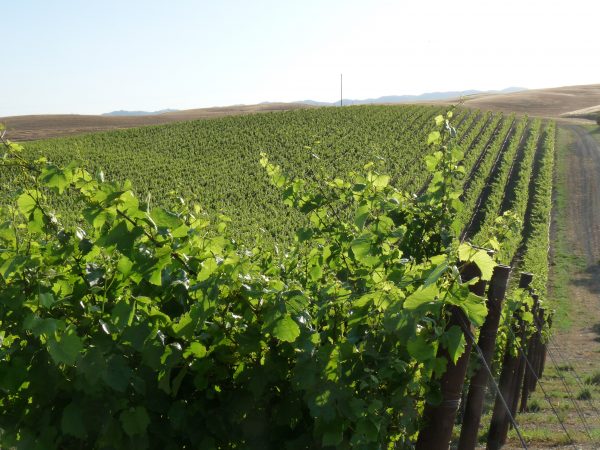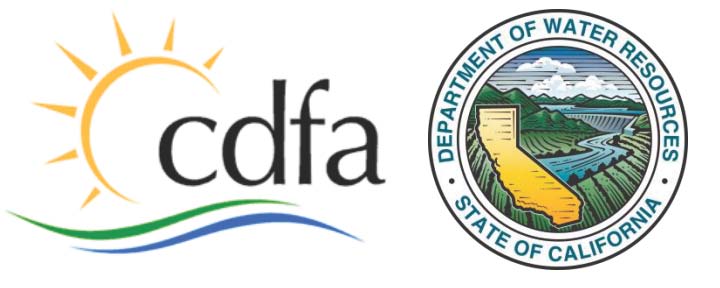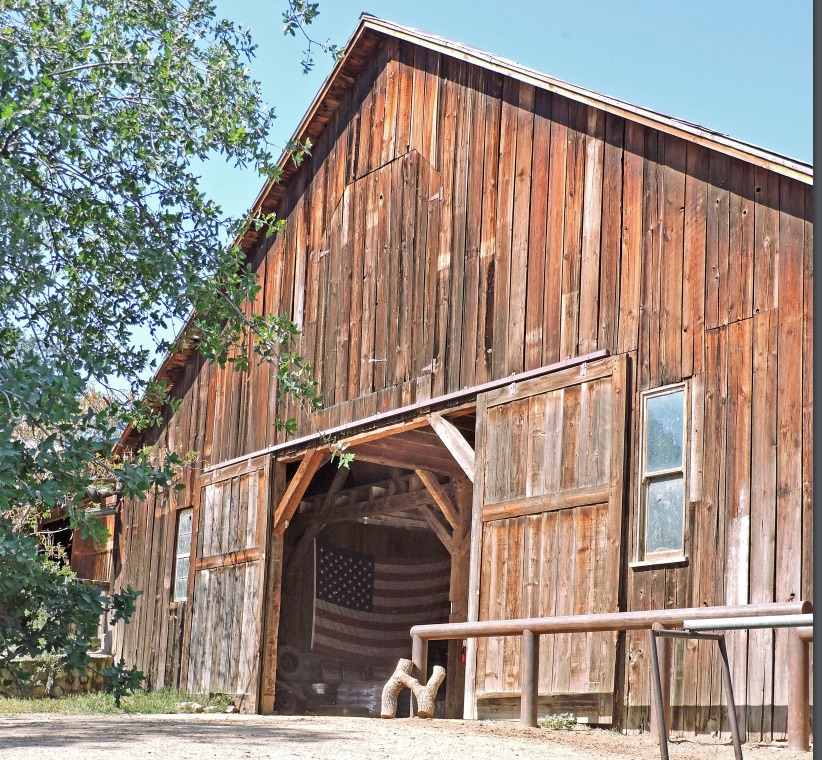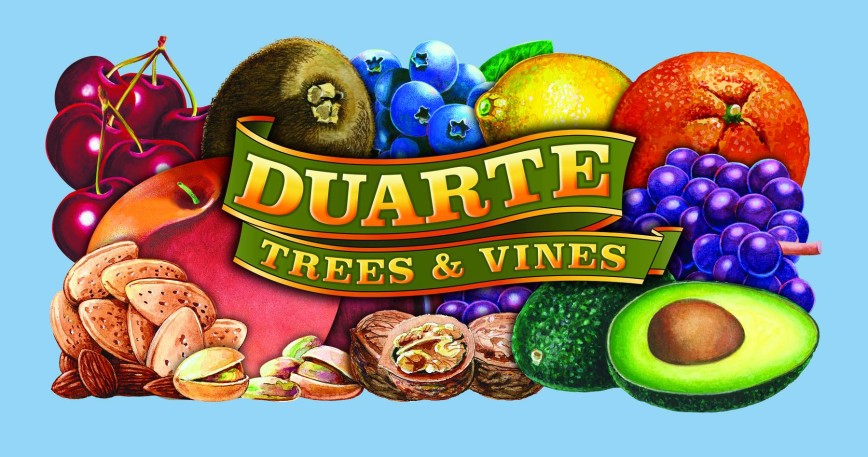Working with Agriculture to Meet Environmental Goals
Working with Stewards of California’s Farmland to Meet Environmental Goals
By Patrick Cavanaugh, Farm News Director
If you give a farmer a goal, they will most likely strive to meet it—even exceed it—as long as it fosters great stewardship of their land and allows them to sustainably farm into the future.
Eric Holst, associate vice president of the Environmental Defense Fund‘s working lands program, and an expert in developing strategies for environmental management on working forest, farms, and ranches, has an important view of the California Agriculture industry. “It’s an incredibly important industry. It’s greater than $56 billion net for California farmers. I think, even more important than the monetary value, is the land and the water that it touches,” said Holst.
Holst’s career has focused on improving livelihoods and environmental conditions in rural places in the U.S. and Latin America. Appointed as a member of the California Board of Food and Agriculture by Governor Jerry Brown for his ability to effectively communicate with a wide variety of constituents on difficult environmental issues, Holst elaborated, “Farmers and ranchers in California have a lot of influence on how we manage land, how we manage our landscapes, how we manage our waterways. It’s incredibly important to weigh in on policy issues that relate to agriculture in California.” 
Based in Sacramento, Holst knows how pervasive California agriculture is, spanning the state from the Mexican border to the Oregon border. “About 45% of California is in privately-held working lands—land managed by farmers, ranchers, and forestland owners,” Holst noted. Holst and his team interfaced with these private landowners to map a big part of it.
Holst, who also serves as director of the Forest Stewards Guild and American Wind Wildlife Institute (AWWI), explained, while these landowners have a lot of freedom about how to manage their land, “It’s probably the most highly regulated place in the world in terms of environmental performance.” Despite regulatory constraint on land management decisions, Holst believes, “there’s a lot of room to make decisions that can either help or harm the environment.”
Holst reflected, “It is really an important role that we have on the CDFA Board to weigh in and try to push California in the right direction.” Ultimately, in Holst’s experience, “If you set a goal and then allow farmer, rancher or forest landowner to figure out how to meet that goal, that’s probably the best way,” said Holst.
“Conditions are different on every farm, every ranch,” Holst stated. “I think it’s important to set standards high. I think California has higher standards than just about anywhere else. We want to develop policies and implementation of policies that will give a lot of flexibility to the individual operator. That tends to be, in my experience, the system that works best,” he noted.







































